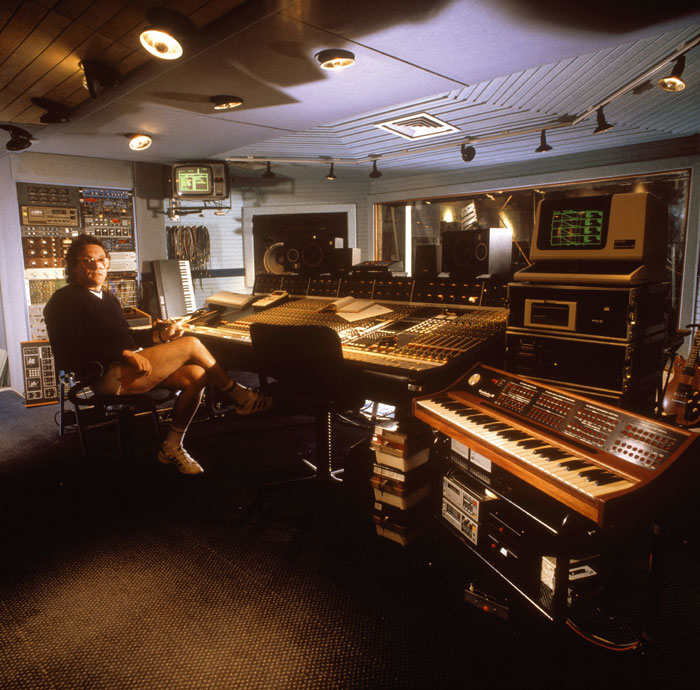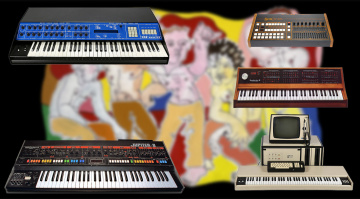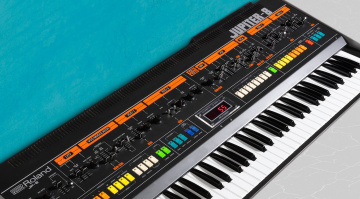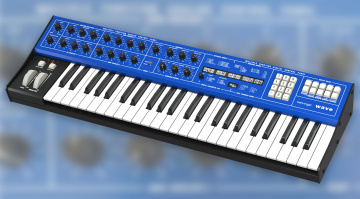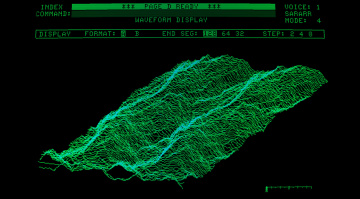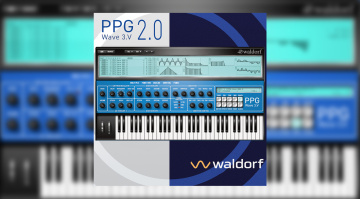The 5 Most Important Synths of Welcome to the Pleasuredome
Frankie Goes to Hollywood's seminal debut used some of the finest synths of the time
Welcome to the Pleasuredome was the audacious debut album by Frankie Goes to Hollywood. But what was used to make this epic slice of 80s pop?
- Welcome to the Pleasuredome was the biggest advanced selling album ever at the time
- Synths were programmed and played by Andy Richards, JJ Jeczalik and Stephen Lipson
- Fairlight, Synclavier, Roland and PPG instruments featured heavily
- The album has just received a comprehensive 40th anniversary deluxe edition re-release
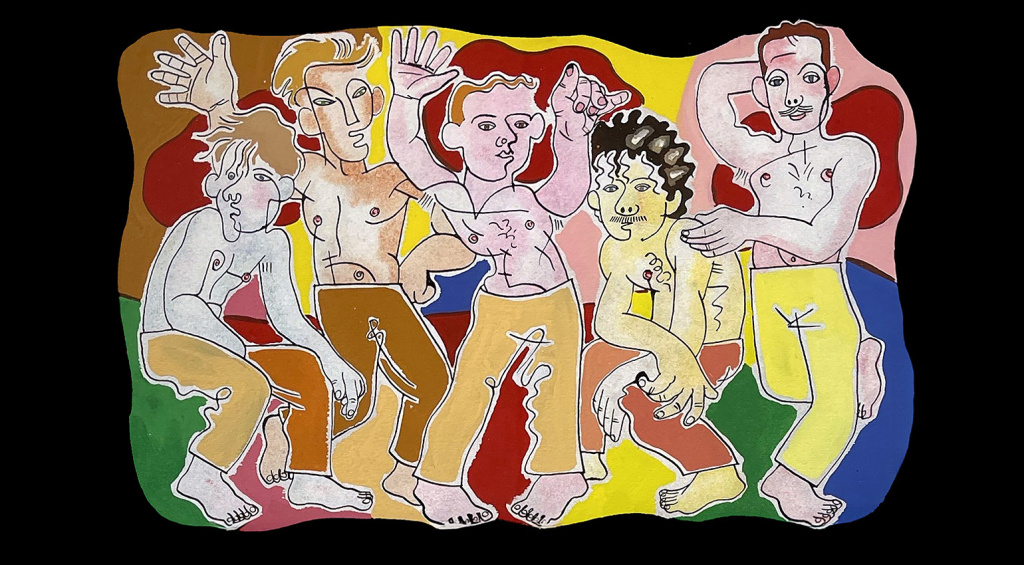
Welcome to the Pleasuredome
In October of 1984, a teenage boy snuck out of school at lunchtime, hurried down the hill into town and bought a copy of Frankie Goes to Hollywood’s debut long player, ‘Welcome to the Pleasuredome’. He laboured back up the hill and straight into the 4th year common room, where a mass of fellow students gathered around his portable record player.
The needle dropped on Side 1 of this double album, and the world changed forever! The kids stood or sat silently as the huge orchestral crashes and operatic vocals gave way to Holly Johnson’s declaration that, “The world is my oyster… ha ha ha ha”. The album’s title track kicked in and they marvelled at its funkiness, its danceable groove and the sonic eargasm they were experiencing.
That 14-year-old teenager was me, and this album remains one of my all-time favourites. It featured some of the most expensive and exclusive synthesizers of the day and was a key driver for my gear acquisition habit in the following years. Let’s take a look at what some of them were and how you can dabble with them today!
The Synths of Welcome to the Pleasuredome
Roland Jupiter 8 – Welcome to the Pleasuredome’s Most Important Synth?
When people talk about Frankie and, by extension, the making of ‘Welcome to the Pleasuredome’, it is assumed by many that the primary instrument used throughout was the Fairlight CMI. This may well be down to the fact that it was used on so many recordings at that time, and there was already a link between ZTT productions and the Fairlight attributable to Art of Noise.
It had also been used extensively by Trevor Horn and his team when they made Malcolm McLaren’s equally impressive ‘Duck Rock’ album. In fact, it was this album that was an early proto-Art of noise venture, bringing, as it did, the likes of Trevor Horn, Gary Langan, JJ Jeczalik and Anne Dudley together.
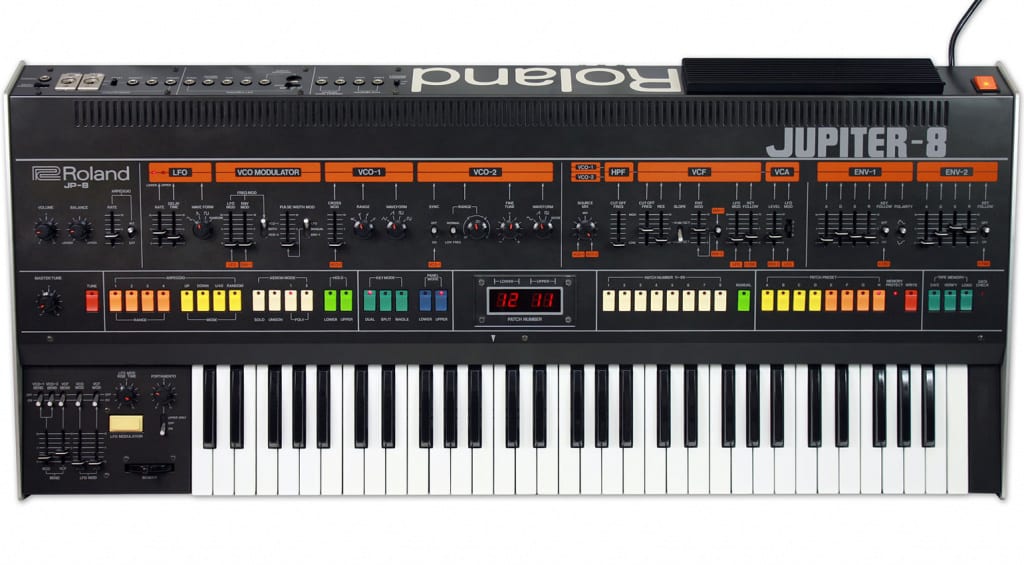
But Trevor had been introduced to the Synclavier, and to him, that made more sense. And even though both instruments would feature on Pleasuredome, it was actually the Roland Jupiter 8 that was the predominant synth on this album.
Belonging to Andy Richards, a man who would become inextricably linked with Trevor Horn’s output in the 80s and 90s, the Jupiter 8 was his go-to synth for almost everything he did. In fact, many of the sound effects you hear on ‘Relax’, presumed by many to be samples, come straight out of the JP-8!
Andy had previously been working at a radio station in Manchester, U.K, and had programmed many of the sounds later used on Pleasuredome for jingle projects there! It was also responsible for most of the pad, brass and synth stab sounds you hear throughout the album.
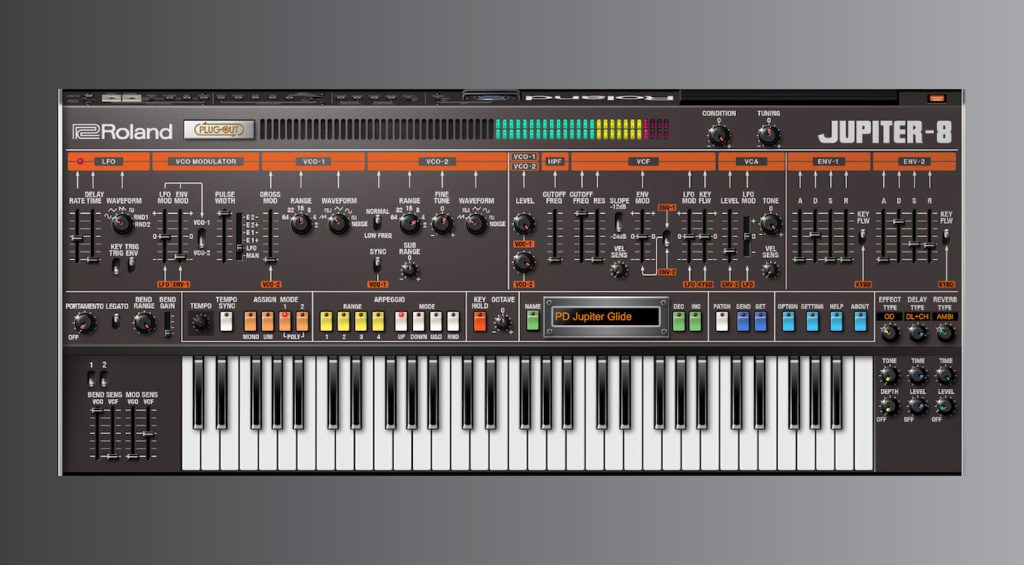
So when it comes to ‘Welcome to the Pleasuredome’, the mighty Roland Jupiter 8 was doing much of the heavy lifting when it came to synthesizers. Nowadays, original Jupiter 8s command five-figure sums on the used market, but luckily, we have the likes of Roland Cloud’s near-perfect Jupiter 8 plugin, as well as Arturia’s commendable JUP-8 V, part of V Collection 11.
If you’re looking for hardware, Roland’s own Jupiter X/Xm will allow you to host the aforementioned plugin natively. Whichever format you favour, the essence of Pleasuresdome can be found in any of these excellent instruments.

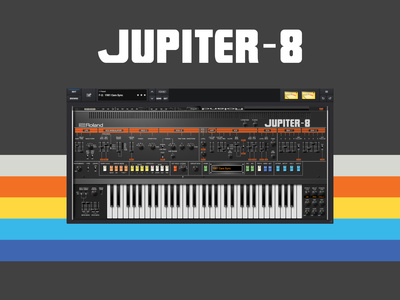

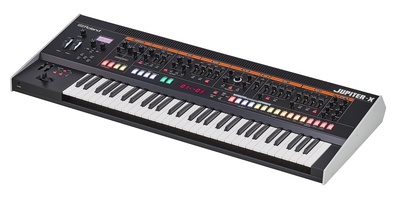



Fairlight CMI IIx – Was Pleasuredome All Fairlight?
So, as we established earlier, the mighty Fairlight CMI is far less prevalent on ‘Welcome to the Pleasuredome’ than many people suggest. That’s not to say it didn’t play an important part, but by 1984, Trevor Horn had already milked the CMI for everything it was worth in the preceding 3 years.
With albums like McLaren’s ‘Duck Rock’, Art of Noise’s debut ‘(Who’s Afraid of) the Art of Noise?’, Yes’ ‘90125’ and ABC’s ‘The Lexicon of Love’, Horn and his team had popularised the CMI and had moved on to other things.
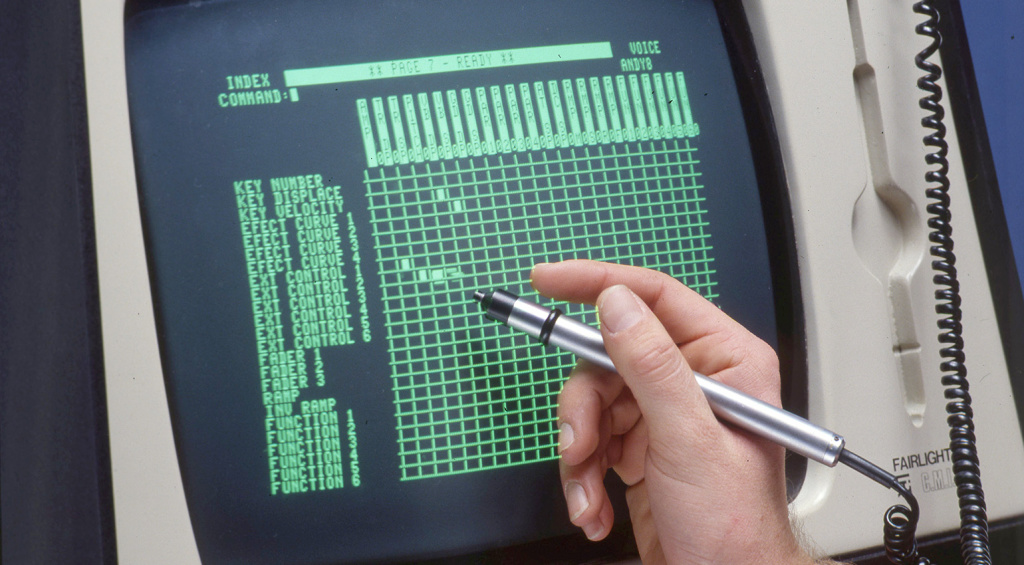
That’s not to say that the Fairlight CMI didn’t play a part in the making of ‘Welcome to the Pleasuredome’, because the first fruits born of the Frankie ZTT era had a Fairlight CMI running all the way through it. The distinctive piano 8th notes that accentuate the bassline throughout ‘Relax’ were from the CMI.
The Fairlight punctuated the recording sessions here and there but, in a recent conversation with JJ Jeczalik, he told me…
“My only involvement was using the CMI IIx. It was latterly on an outbound trajectory, having been replaced by the Synclavier. Sadly I now wish I had kept a diary – but hey ho there you go”
On various reissues of Pleasuredome, there have been some early and rough mixes and versions of ‘Relax’ that feature the CMI more heavily than the end product, and it is clear to see why the final result pushed this Australian pioneer further back in the mix.
Andy Richards would eventually base his entire studio around a Series III Fairlight CMI which he became a veritable master of, working with such luminaries as Nik Kershaw, Gary Moore, George Michael, Blancmange, Def Leppard, Godley and Creme, Prefab Sprout, Yes, Chris de Burgh, Rush and Berlin.
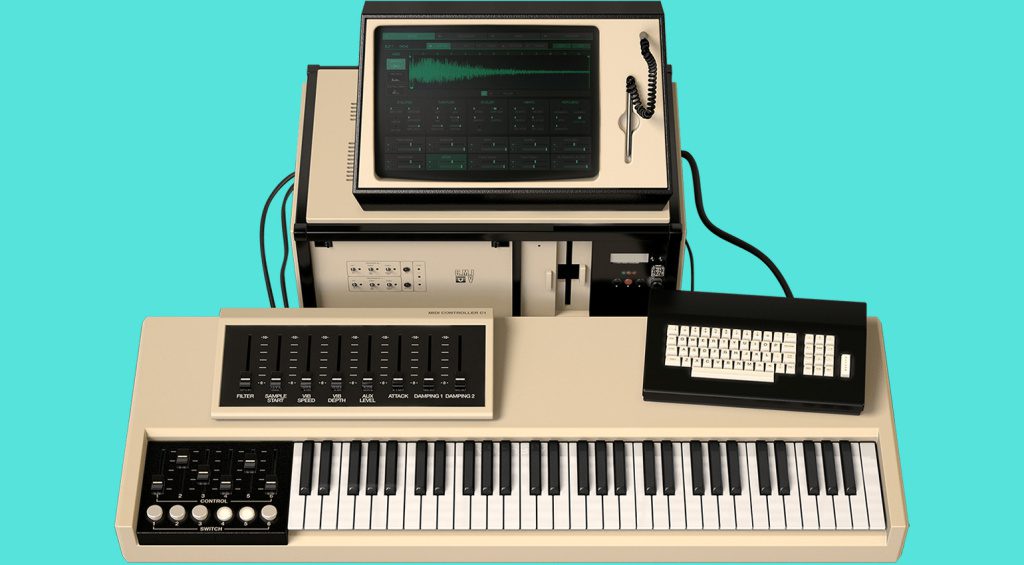
There are plenty of Fairlight sample libraries out there, but if you want to play around in a more in-depth fashion, there is the excellent (and free!) QasarBeach application that, whilst not a plugin, recreates the CMI experience very faithfully.
And for plugin users, the Arturia CMI V, part of V Collection 11, is probably the best solution available today. There’s also the Darklight library for UVI Workstation/Falcon, too, available in their Vintage Vault 4 collection.
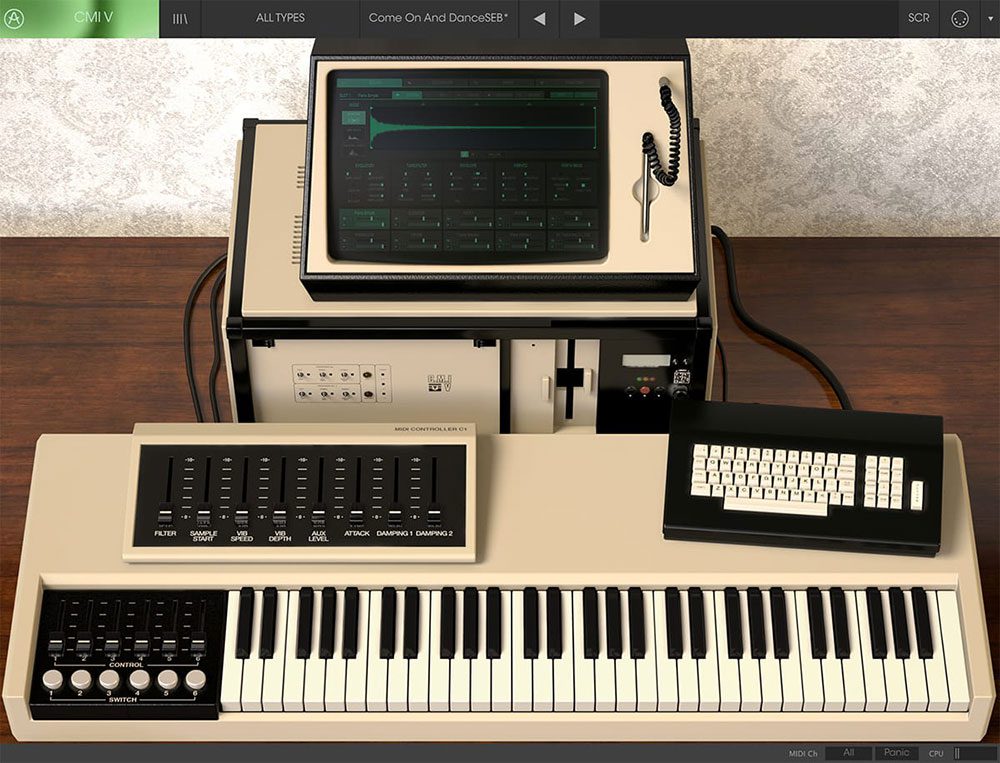
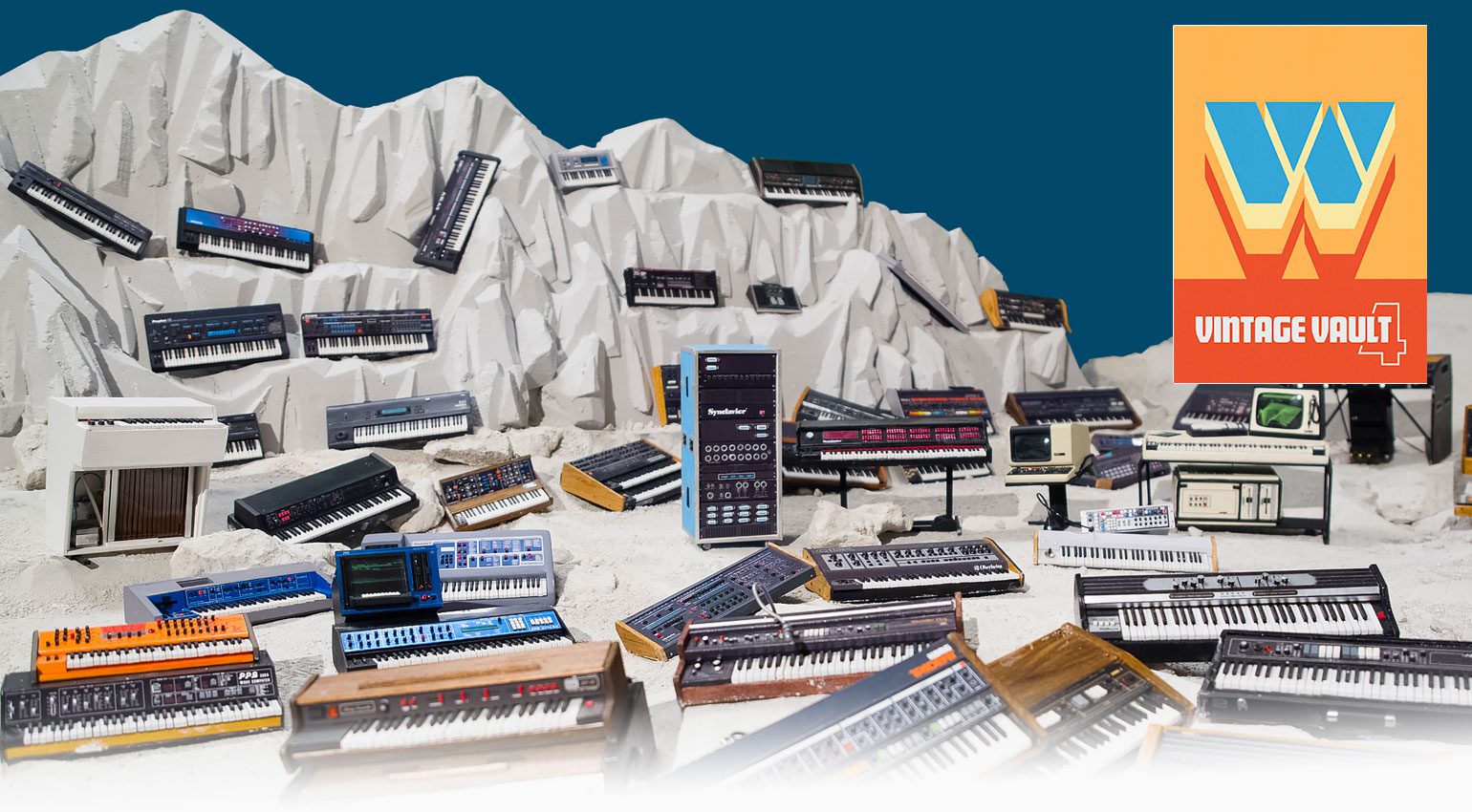
Synclavier II – The SARM Studios Workhorse
Trevor Horn’s early career was built on the Fairlight but it soon became overshadowed by the Synclavier II. Trevor understood it better and felt it was more accurate and reliable than the CMI when it came to things like timing and sound quality.
Much of the 80s and 90s output from SARM would feature the Synclavier heavily. Propaganda’s ‘A Secret Wish’ album was a great example of this, as was the sole album by Claudia Brücken’s other venture with Thomas Leer, Act.

So it is no surprise that the Synclavier II is all over ‘Welcome to the Pleasuredome’. One of its most distinctive uses was on the global smash second single from the album, ‘Two Tribes’. That track’s standout feature is the killer bassline, written and performed by Frankie bassist, Mark O’Toole.
To increase its impact, Trevor’s team decided to recreate the bassline in multiple forms, each with its own sonic character. The next time you listen to ‘Two Tribes’, pay close attention to the bassline to hear a masterclass in production.
Trevor would cleverly switch between different versions of the bassline for sonic impact, using the Synclavier’s interpretation for the softer, more mellow aspects of the track. Of all the infamous original mixes of ‘Two Tribes’, the Annihilation Mix is probably the best one to listen to in order to pick up on this.
Synclavier sequences pepper the ‘Welcome to the Pleasuredome’ album, as do its crystalline FM tones and huge bottom end. There are a couple of ways to recreate the Synclavier today. The company itself has sprung back into life and has produced iOS versions of it, as well as their powerful but somewhat impenetrable Regen instrument.
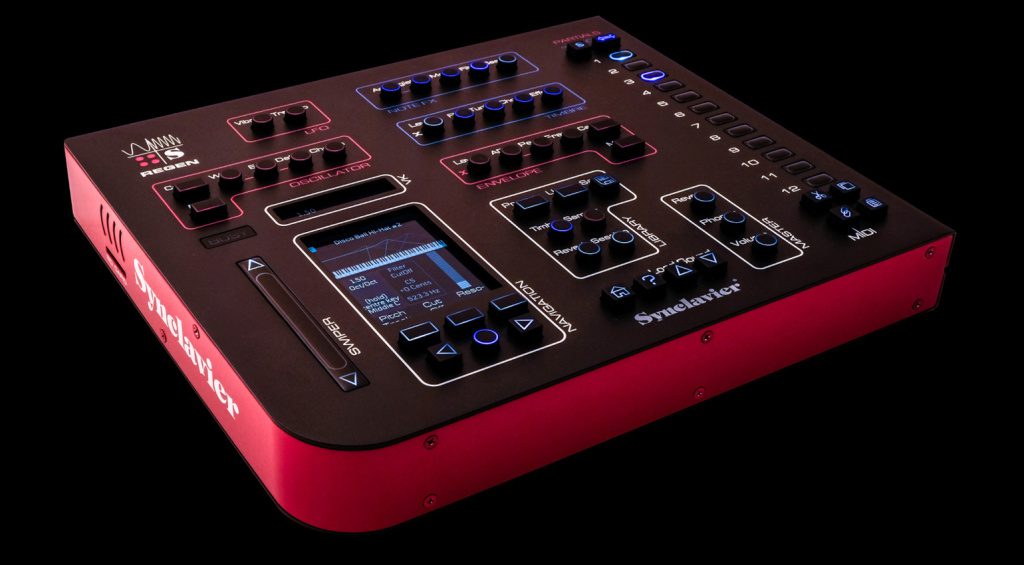
For those of us without a degree in quantum physics, the Arturia Synclavier V plugin, developed by Cameron Jones, one of the original founders of Synclavier, is a fantastic way to get the Synclavier experience and sound. There’s even a factory preset called ‘PleasureDomeSawGlide‘ that recreates the portamento-tinged opening chord of the title track!
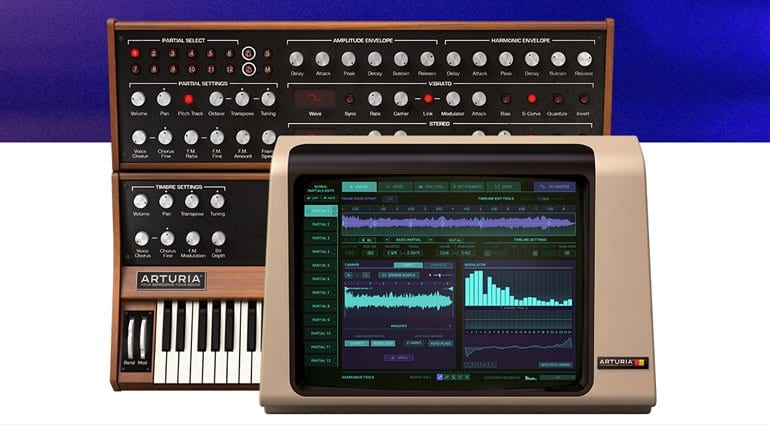
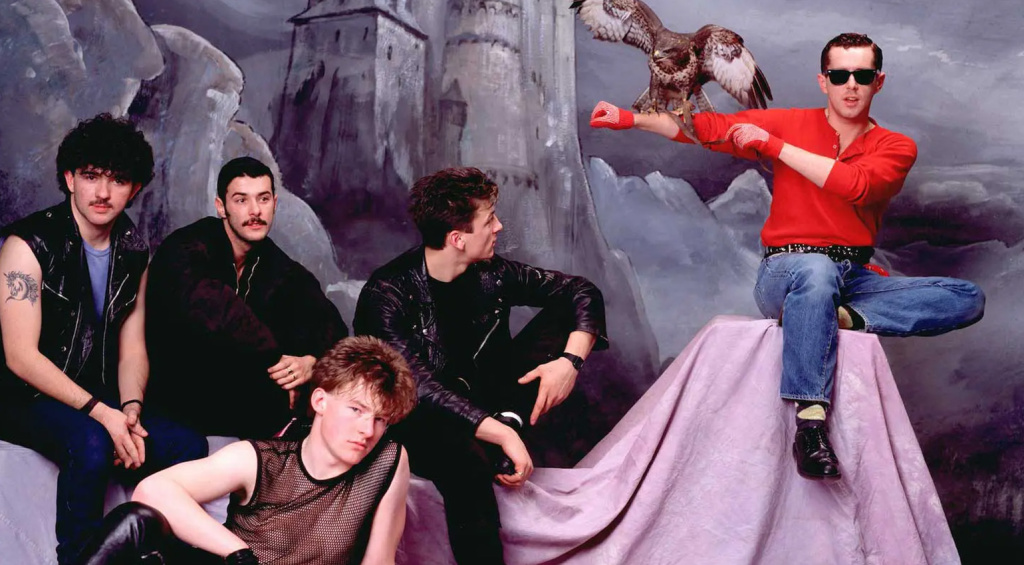
PPG Wave 2.3/WaveTerm – Better Than a Fairlight?
If there was a holy trinity of über synths of the 1980s, they would be the Fairlight, the Synclavier and the PPG Wave 2.3 with WaveTerm. The latter was the brainchild of Wolfgang Palm, who had been developing his own synthesizers during the 1970s.
At the turn of the decade, he continued developing his wavetable concept, and it was the synthesis method behind his most successful and popular creation, the PPG Wave. This instrument went through a couple of iterations, culminating in the Wave 2.3.

It was a brilliant synth in its own right, pumping its distinctly digital wavetables through analog filters to create a warm, gritty and altogether unique sound. Andy Richards was a fan and had one in his rig at the time of recording ‘Welcome to the Pleasuredome’.
Remember that ‘Two Tribes’ bassline with multiple versions? The more metallic, punchier version was from the PPG Wave, dialled in heavily during the main verse and chorus sections of the track. In addition to its powerful digital tones, the addition of the WaveTerm gave it sampling and, according to Richards, was better than the Fairlight!
I would personally argue that it was ‘different’, not necessarily better, but then it’s all subjective at the end of the day, and what Richards did with both was incredible and as far as I’m concerned, I’ll bow to his superior ability!
As with all the other synths here, there are many ways to get the PPG Wave experience today. At the top end of the scale, there’s the Groove Synthesis 3rd Wave in all of its shapes and forms. Whilst heavily inspired by the PPG, and being more than capable of delivering ‘that’ sound, it goes way beyond.
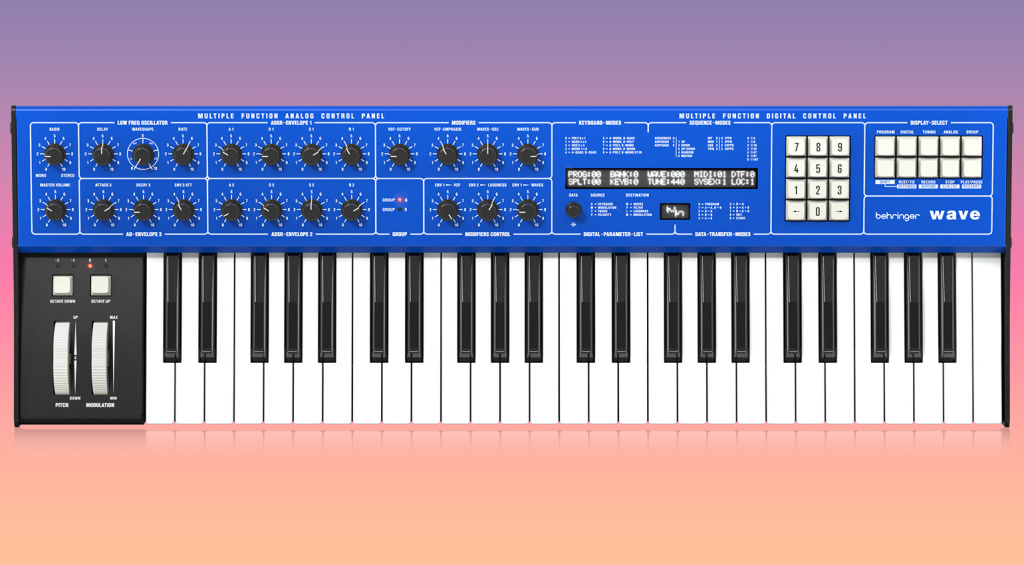
For the more financially restricted of us, there’s the Behringer Wave, developed in conjunction with PPG super-enthusiast Hermann Seib, and faithfully recreates the sound as well as the ever-so-slightly confusing user interface. It’s also capable of importing samples, WaveTerm-style.
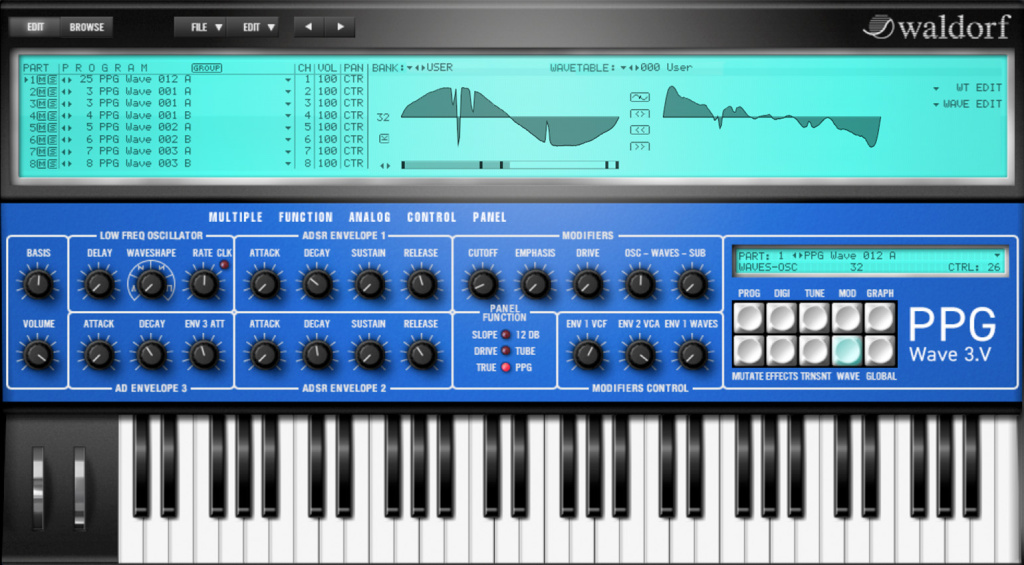
In software, Waldorf produces the PPG Wave 3.0, recently updated and a faithful recreation of the PPG Wave and WaveTerm. Dig into the factory libraries of the WaveTerm and you will soon be stumbling across many familiar sounds from ‘Welcome to the Pleasuredome’.



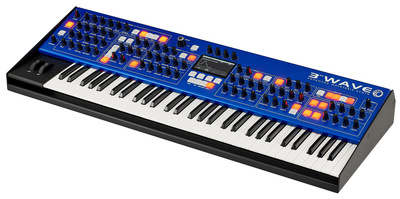

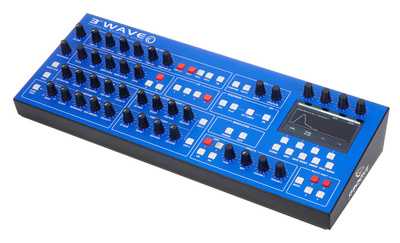

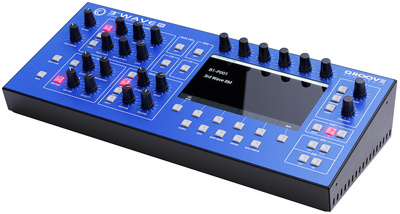


LinnDrum – The Backbone of Pleasuredome
Whilst there are plenty of band performance tracks on ‘Welcome to the Pleasuredome’ such as their brilliant cover of Spingsteen’s ‘Born to Run’, ‘Krisco Kisses’ and ‘The Ballad of 32’, a lot of ‘Welcome to the Pleasuredome’ features the most popular drum machine of the day, the LinnDrum.
Following on from the groundbreaking Linn Electronics LM-1, the LinnDrum became the backbone of not only ‘Welcome to the Pleasuredome’, but also so many other hit records of the day. It was almost as ubiquitous as the Fairlight and did much to define 80s pop.
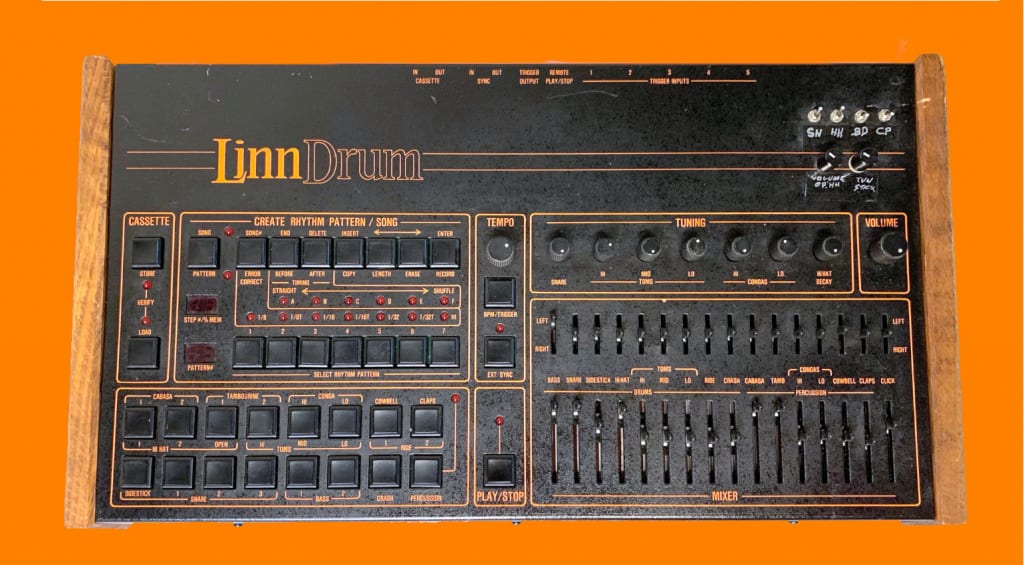
Used for full-on drum tracks or just percussion, the LinnDrum featured throughout the album, especially on the more dance-y tracks. It’s beautiful kick drum was the basis of ‘Relax’ and ‘Two Tribes’ and my particular favourite use of it were the underlying percussion tracks on both those songs.
It seems almost unthinkable that if you, like Trevor Horn, had percussion legend Luis Jardim at your disposal, you’d be using him as much as possible. Maybe Trevor felt that a more rigid and mechanical feel was more appropriate, but either way, the Linn percussion is essential to these tracks.
Talking to Trevor, he explained that the percussion track on ‘Relax’ was a hangover from the ‘Duck Rock’ sessions and was actually referred to as his “square dance” track. Again, listen to the track and focus on that percussion, and it soon becomes apparent why it had that name.
Similarly, the shuffling hi-hats and congas in ‘Two Tribes’ were a Trevor Horn staple that, whilst being simple, add so much to the feel of the track. This subtle but important use of the drum machine, blended with the real drums played by Peter ‘Ped’ Gill, made for a powerful rhythm section throughout ‘Welcome to the Pleasuredome’.
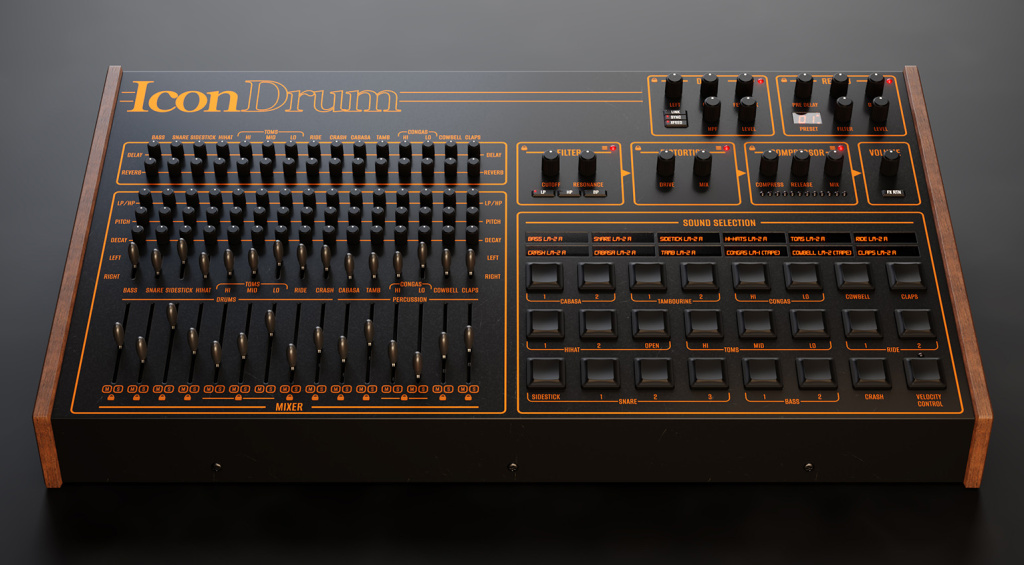
The LinnDrum sound, and that of its predecessor, can be had almost everywhere these days, from samples to plugins to hardware. GForce Software’s ‘IconDrum’ is a simple but very faithful recreation of the sound, but the most flexible has to be VPROM from Aly James Labs. It perfectly nails every aspect of the original.
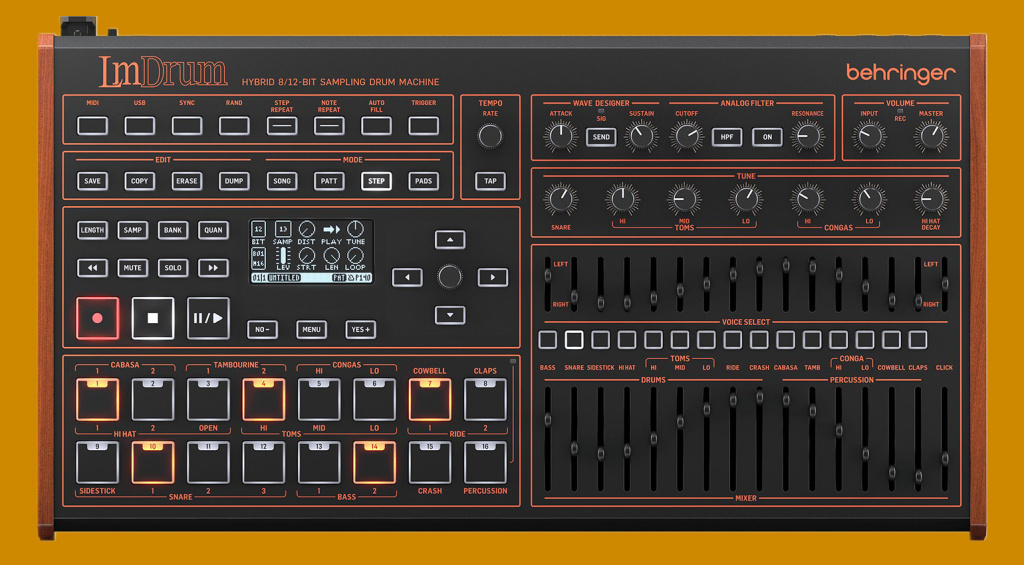
But if you, like me, thrive with a real hardware drum machine that you can get hands-on with, then the Behringer LmDrum has to be on your shopping list. Filled with LinnDrum and LM-1 samples, as well as many others, it gives you a much more tactile experience for not a lot of money!

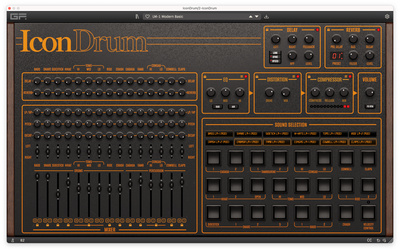

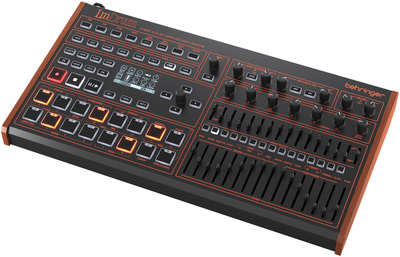
Welcome to the Pleasuredome – 40 Years On
‘Welcome to the Pleasuredome’ remains one of the jewels in pop’s crown, one of Trevor’s finest hours and a true benchmark of pop production. Its recent reissue only served as proof of its genuine longevity with all versions, including the fantastic 7x CD/1x Blu Ray super deluxe edition, selling out, much like the original. It even charted in the U.K. album charts again, albeit not straight in at number one like in ’84.
There is still plenty of timeless inspiration to be found in every aspect of the album, and the extra tracks in the box set allow you to really hear the detail, especially the synths mentioned above. I wholeheartedly recommend you give it a listen. If it’s your first time, you will be blown away; if it isn’t, you will rediscover a true masterpiece.
P.S. Steven Wilson’s Dolby Atmos mix is to die for!
- Buy the ‘Welcome to the Pleasuredome’ reissues
- Listen to a great interview with Andy Richards
- Buy Trevor Horn’s autobiography with great insight into this and other recordings
*Note: This article contains advertising links that help us pay for this site. Don’t worry: the price for you will always be the same! If you buy something through these links, we will receive a small commission. Thank you for your support!

 4,8 / 5,0 |
4,8 / 5,0 | 



